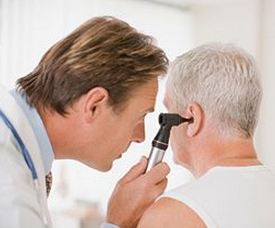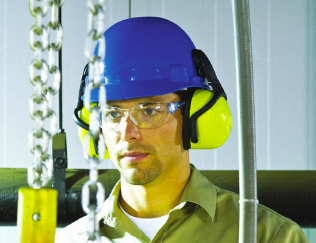 It is estimated that over 22 million workers are exposed to hazardous noise levels at work and according to the CDC, “Reported cases of hearing loss accounted for 14% of occupational illness in 2007.” When we think of workplace noise levels, the first places that come to mind are factories, construction, and mining where one expects that the area would be loud. But there are other, less common work situations where you also are at risk for hearing loss.
It is estimated that over 22 million workers are exposed to hazardous noise levels at work and according to the CDC, “Reported cases of hearing loss accounted for 14% of occupational illness in 2007.” When we think of workplace noise levels, the first places that come to mind are factories, construction, and mining where one expects that the area would be loud. But there are other, less common work situations where you also are at risk for hearing loss.
If you are in the military or work in law enforcement, you are exposed to sudden noises on a daily basis. Loud noises such as gunfire, explosions and loud engines or sirens can cause temporary and permanent hearing damage. Unfortunately, a sudden loud noise can cause hearing damage even after the first exposure, so it is important to protect your ears.
Even working in an office environment can be dangerous to your hearing. If construction is happening in the building, the construction workers are outfitted with hearing protection, surrounding offices may not realize the noise level can be causing damage and employees need to be protected.
Noise levels should be under 85 decibels(dbs) for eight hours to minimize risk for hearing loss. When you consider that an ordinary household blender or blow dryer easily hits 85 decibels, it puts into perspective how easy it is to exceed dangerous levels on any given day. If you work in an environment where there are constant loud levels (even a retail environment could be considered too loud) you should be supplied with ear protection.
Some examples of noise levels and industries where you may be exposed are as follows: 
• Loud music – the music industry or certain retail environments and restaurants
• Power tools – construction, carpentry, and home improvement centers
• The noise from lawn mowers – gardeners and gardening centers
• Appliances – restaurants, the food industry, smoothie shops
• The noise from vehicles – mechanics and vehicle sales
Noise induced hearing loss (NIHL) is preventable, but hearing loss is permanent and irreversible once the damage has occurred. Custom Protect Ear offers the most effective hearing protection on the planet for every type of situation. From industry specific hearing protection to ear protection for personal use, CPE has ear protection devices for everyone!


